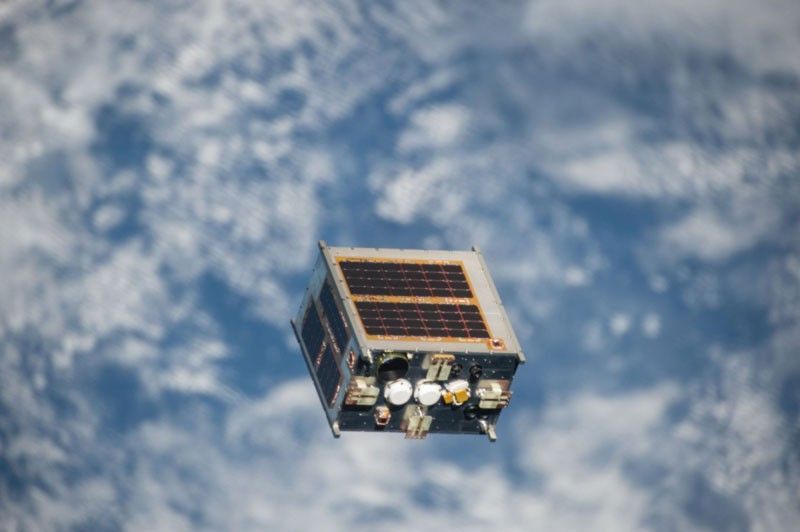Look at the night sky closely the next time you head out, because one of the glittering stars above you might just be one of the Philippines' satellites
According to the National Aeronautics and Space Administration (NASA), man-made satellites provide scientists and experts with a bird's-eye view of the Earth's large areas at one time. These objects give them the ability to collect data more quickly than instruments on the ground. Satellites can also see into space better than telescopes on the Earth's surface.
There are a wide range of things that artificial satellites can do, from the complicated to the simple day-to-day necessities. For example, your local weatherman would know that without these objects, he simply cannot predict the weather in the coming days or weeks. The same goes for the tracking apps you use when driving around an unfamiliar town—without satellites, you would have gone the wrong way thrice before figuring the right path out.
"Some take pictures of the planet that help meteorologists predict weather and track hurricanes. Some take pictures of other planets, the sun, black holes, dark matter or faraway galaxies. These pictures help scientists better understand the solar system and universe," NASA explained.
"Still other satellites are used mainly for communications, such as beaming TV signals and phone calls around the world. A group of more than 20 satellites make up the Global Positioning System, or GPS. If you have a GPS receiver, these satellites can help figure out your exact location," the group added.
More from Tatler: No Deed Left Unsung: This 22-Year-Old Filipino Scientist Made a Two-Component Aircraft Sealant
Did you know that the Philippines has also launched some satellites to space? Some were acquired, while others were crafted by the country's most brilliant minds. Learn more about them below:
Agila 1

The Philippines launched Agila 1 or Mabuhay on March 20, 1987 under the name Palapa B2-P. The satellite was initially under the Indonesian company PT Pasifik Satelit Nusantura until it was acquired in 1996 by the Mabuhay Satellite Corporation under PLDT. Upon its acquisition, Mabuhay officially became the country's first satellite.






